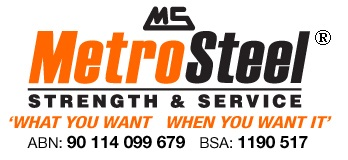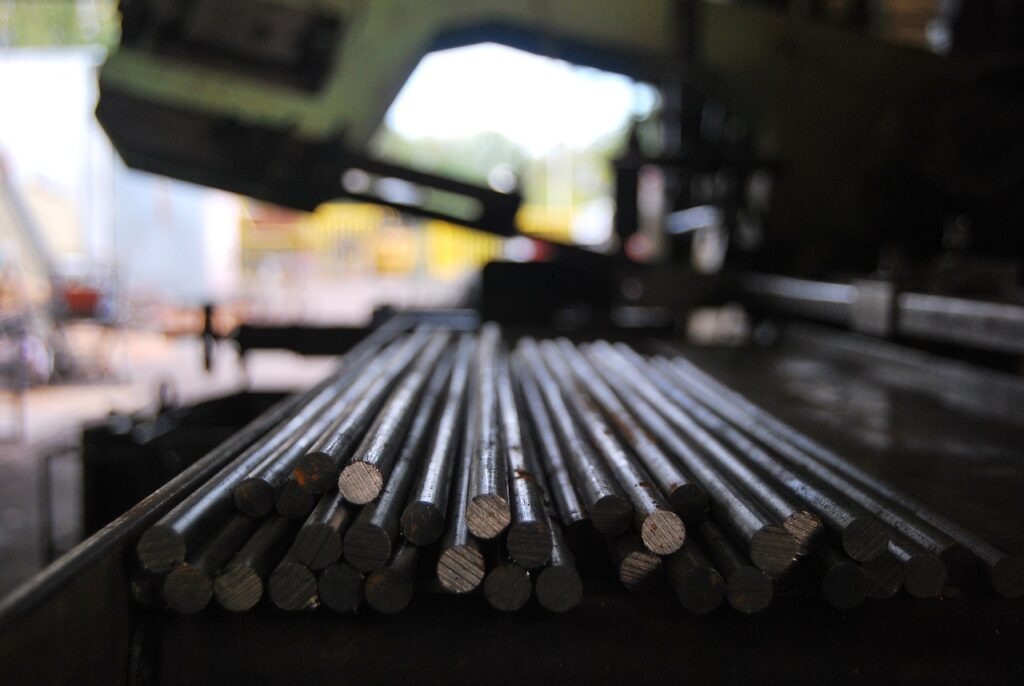In today’s dynamic and evolving industrial landscape, the significance of steel as a foundational material cannot be overstated. Its unparalleled versatility, strength, and sustainability make it an indispensable resource across various sectors. From construction and automotive to appliances and infrastructure, steel stands as a testament to human ingenuity in materials science. This article, crafted for Metro Steel, delves into the fascinating world of steel processing, unravelling the complexities of techniques such as steel tempering, cold rolling steel, hot rolled steel, steel annealing, and galvanised steel.
The Essence of Steel Processing
Steel processing encompasses a broad spectrum of techniques designed to enhance the natural properties of steel, making it more adaptable to specific applications. Each method imbues steel with unique characteristics, such as increased strength, improved resistance to wear and corrosion, or enhanced formability. The choice of processing technique depends on the intended use of the steel, reflecting the industry’s commitment to innovation and quality.
Steel Tempering
Steel tempering is a heat treatment process that strikes a delicate balance between hardness and ductility in steel. Following a hardening process, steel is reheated to a temperature below its critical point and then cooled. This adjustment refines the grain structure, reducing brittleness while maintaining the strength imparted by hardening. Tempering is crucial in applications where resilience and durability are paramount, such as in cutting tools and automotive components.
Cold Rolling Steel
Cold rolling steel is a process that takes place at or near room temperature, contrasting with hot rolling. This method involves passing the steel through a series of rollers to achieve a thinner, more precise dimension and an enhanced surface finish. Cold-rolled steel boasts superior strength and surface quality, making it the material of choice for high-end applications in automotive body parts, home appliances, and metal furniture.
Hot Rolled Steel
Conversely, hot rolled steel is produced by rolling the steel at high temperatures, where it can be easily shaped and formed. This process results in steel with a rough surface texture and a wider tolerance in dimension. Hot rolled steel is typically used in applications where the precise shape and surface finish are not critical, such as construction beams, rail tracks, and sheet metal.
Steel Annealing
Steel annealing is a heat treatment process aimed at improving the ductility and reducing the hardness of steel, making it more workable. The steel is heated to a specific temperature, held at that temperature to allow transformation, and then cooled slowly. This process not only makes the steel easier to work with but also enhances its machinability, making it suitable for intricate shaping and forming processes.
Galvanised Steel
Galvanised steel is steel that has been coated with a layer of zinc to protect it from corrosion. This process, typically achieved through hot-dip galvanisation, involves immersing the steel in molten zinc. The zinc coating acts as a barrier against environmental elements, making galvanised steel ideal for outdoor applications, such as fencing, roofing, and street furniture.
Steel Processing at Metro Steel
At Metro Steel, we pride ourselves on our expertise in various steel processing techniques. Our commitment to quality and innovation ensures that we can meet the diverse needs of our customers, offering products that stand the test of time. Whether you require the toughness of tempered steel, the precision of cold rolled steel, the robustness of hot rolled steel, the workability of annealed steel, or the durability of galvanised steel, we have the capabilities to deliver.
Applications of Processed Steel
The applications of processed steel are as diverse as the techniques themselves. In construction, steel’s strength and durability make it the backbone of modern architecture, supporting everything from skyscrapers to bridges. In the automotive industry, steel’s formability and resilience contribute to safety and performance. Meanwhile, in consumer goods, steel’s versatility shines in everything from sleek appliances to durable tools.
The Future of Steel Processing
As the world continues to evolve, so too does the steel industry. Advances in technology and materials science are paving the way for even more efficient and sustainable steel processing methods. Innovations such as electric arc furnace (EAF) technology and new alloy compositions promise to further enhance the properties of steel, reducing environmental impact while meeting the growing demands of global development.
The journey through the different steel processing techniques reveals the complexity and sophistication behind the steel that shapes our world. From the robustness of hot-rolled steel to the precision of cold-rolled steel, the versatility of tempered steel, and the durability of galvanised steel, these processes ensure that steel remains the material of choice for countless applications. As we continue to innovate and improve steel processing techniques, the future of this indispensable material looks brighter than ever. For businesses like Metro Steel, staying at the forefront of these advancements is key to delivering products that meet the highest standards of quality and performance. In the world of steel, the quest for perfection is an ongoing journey, driven by the relentless pursuit of excellence.
 Talk to an Expert (07) 3204 1000
Talk to an Expert (07) 3204 1000 Working Hours - Mon – Fri 7:00 AM – 4:00 PM
Working Hours - Mon – Fri 7:00 AM – 4:00 PM
